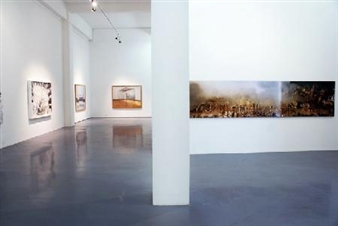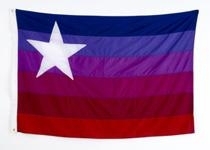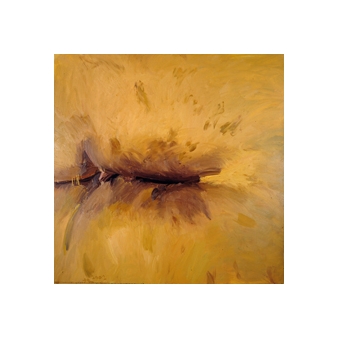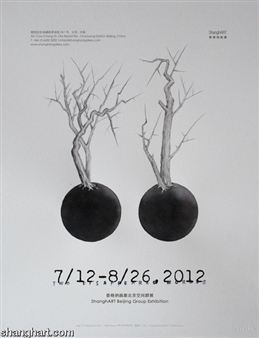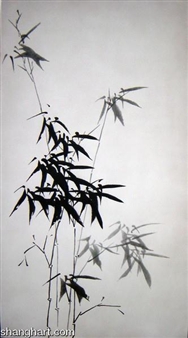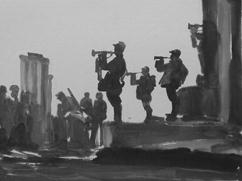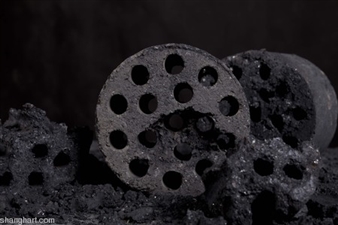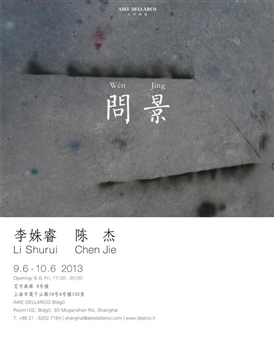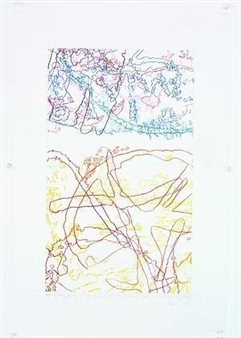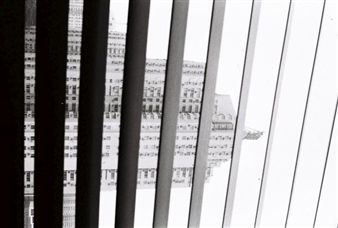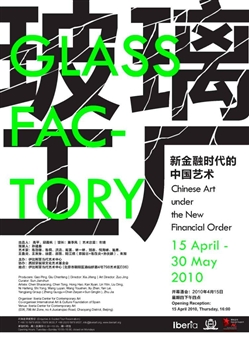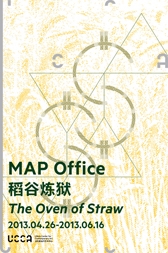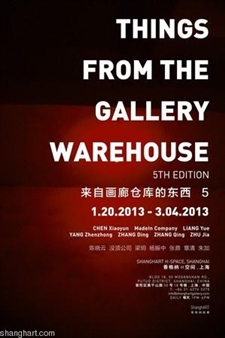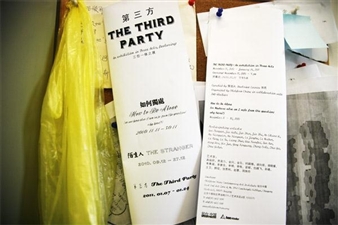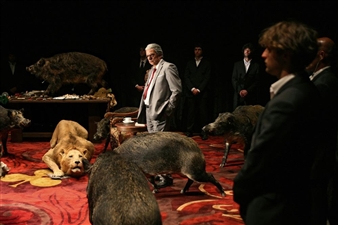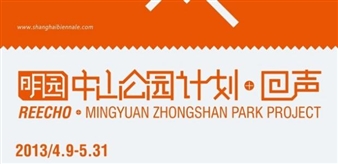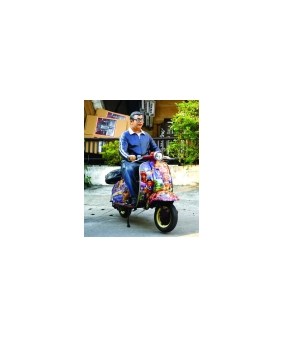Tell Me A Story: Locality and Narrative
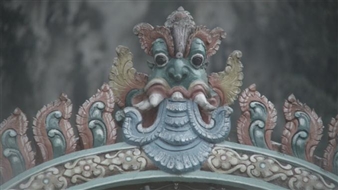
Rockbund Art Museum, Shanghai, Shanghai, 05/28/2016 - 08/14/2016
20 Huqiu Road
Rockbund Art Museum is proud to present its latest group exhibition, “Tell Me a Story: Locality and Narrative.” The exhibition draws on artists from all across Asia to share 11 stories from distinct regional cultures as they have evolved throughout the modern era. Through the exploration of personal ties between artist and environment, each work exhibits multiple facets of local life, revealing in the process a side of Asia often left unseen and unheard. Though originating from different locations and cultures, these stories harmonize with one another as much as they contrast. For, though each work expresses a different saga, they nonetheless manifest a deeper, shared history, bringing to view the full complexity of existence “on the ground” for contemporary Asian societies.Life on The “Borders”
The exhibition begins with Apichatpong’s video installation Fireworks (Archive), in which the viewer is taken through a surreal night-journey through a temple on the border of Northern Thailand. The only sources of illumination are brought by Apichatpong himself. Flashlights, fireworks and camera light up the macabre and desolate statuaries of the temple, the sudden bursts of incandescence reminiscent of the fires of war which ravaged the region when it was suppressed by Bangkok, as well as bombed by US military during the 1970’s. The artist describes his work as a “hallucinatory memory machine.” The boundary between fantasy and fact is as dark as the shadowy recesses of the history itself.
In stark contrast, Japanese photographer Tomoko Yoneda, tours the uninhabited island of Sakhalin, subtly employing a more conceptual photography to capture the eerie history of its past life. At one time a home to Japanese manufacturing workers and their families, the island was seized by Soviet forces following World War II. Though the families were relocated, the factories remained, weathering the elements in isolation. Eight photographs perfectly capture the balance between the island’s present and previous roles: beautiful, serene, but nonetheless devoid of human life.
Yet, margins are not just found on the periphery. Sometimes they exist in the very heart of a bustling metropolis. Let the Water Flow, by Field Recordings, charts the unstable existence of migrant workers anchored to the banks of Suzhou Creek, Shanghai. The boundary between land and water reflects the political and economic barrier presented to these workers, as they view the stable vista of skyscrapers from the decks of their boats, lurching on the waves of the Suzhou Creek. One part of the piece presents a review of scholarly studies focused on the relations between man and environment, life and water. Another part follows the workers in a vignette of field studies, revealing their tenuous relationship with a globalizing economy.
Narrative beyond Space and Time: Revisiting, Imagination, and Reconstruction
Though the fate of a people are inscribed within geographical and national boundaries, it is no less true that the land and its contours are determined by its people. While some of the pieces in the exhibition revolve around histories and structures located in space and time, others exhibit the very real connection between people and land through fictional projections into the past and future. These pieces unearth the equally important role of imagination in shaping locale, the double-relation between terrain and culture, as well as their mutual impact. The force of imagination and the potential of the future are no less important than the facts of history, or of physical limitations, in transforming landscapes both great and small.
One way of bringing this relation to light is through refashioning the very physical lines themselves. Hong Kong is Land by MAP Office is an installation with folding screens and videos, presenting a map of a “future” Hong Kong—including several new islands and detailed specifications for buildings and factories, homes and botanic gardens. Hong Kong is Land is a “prophecy” for Hong Kong, elaborating its future ecology, territory, economic system and collective living situation.
Where Hong Kong is Land looks to the future, Grand Voyage: A study on Name looks to the past. Inspired by the idea of the sea voyage, Guo Xi and Zhang Jianling take their own voyage on a ship to discover the origin of the name for the Blue Hydrangea. Though the artists navigate through Europe, Japan and Asia at large, Grand Voyage: A Study on Name shares with Hong Kong is Land in its utilization of fantasy. Videos and found objects are woven together to tell a story based on no solid geographic place or time. Both works are situated between fantasy and reality. By reconstructing locations through the conduit of imagination, they explore places and histories in a radical and penetrating way.
Here mentioned are but five of the 11 engaging pieces to be found in “Tell Me a Story: Locality and Narrative.” Though taken all together they manifest a remarkable diversity, the works nonetheless share a common narrative. Close and personal examination of displacement and belonging, geography and culture, accumulated history and dreams of the future, characterize the artists’ moods and methods. The result of the connections between their pieces is the emergence of a greater panorama—just as suggestive and perhaps, uncertain, as their respective subject matters, though surely no less the profound for it. The exhibition provides a meaningful context for engagement on the difficult issue of preserving, as well as discovering, local identity in the midst of larger social forces. In that sense, it should not fail to resonate with any viewer who dares to meet its challenge.
For More Information